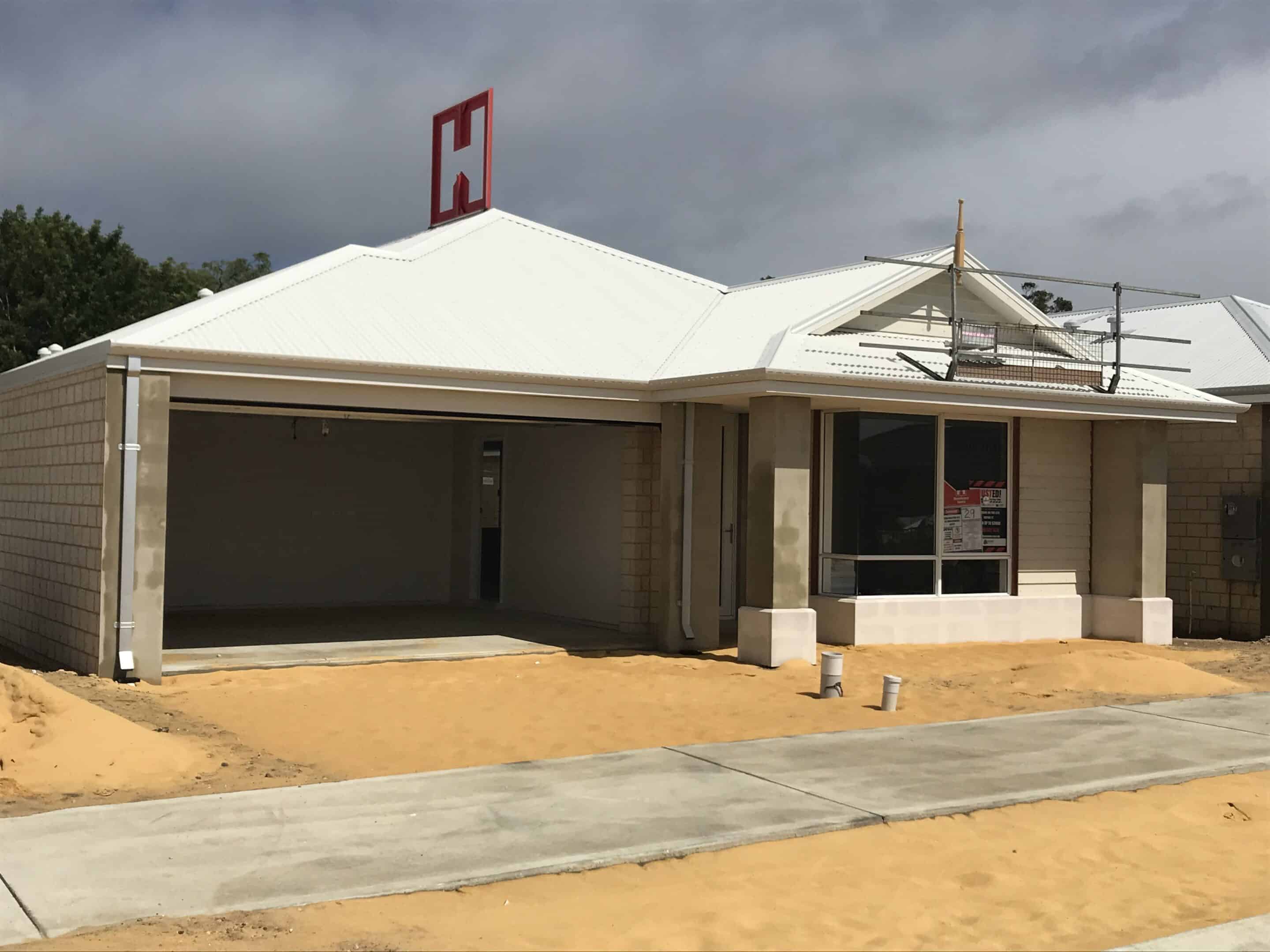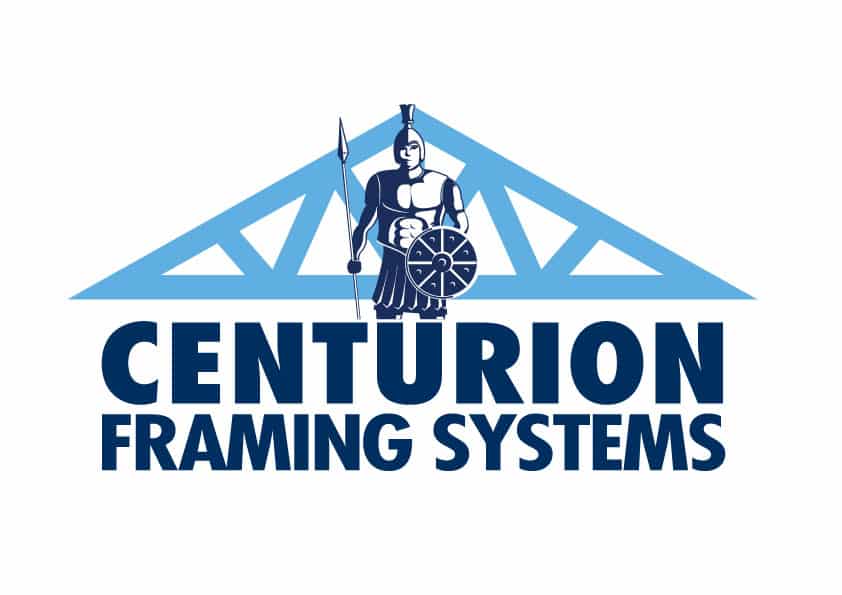The Advantages of Steel Framing Over Traditional Timber

In the world of construction, the debate between steel and timber framing has been long-standing. While timber has been a traditional choice for many years, steel framing, like the systems offered by us at Centurion Framing Systems are gaining popularity for its numerous advantages. This blog post delves into why steel framing is increasingly becoming the preferred choice for residential construction.
Durability and Strength
Steel boasts superior strength and durability compared to timber. It can withstand extreme weather conditions, from heavy snow loads to high winds, making it ideal for a variety of climates. Steel’s robust nature also means it’s less likely to warp, split, or crack over time, ensuring the structural integrity of your home for decades.
Resistance to Pests and Fire
One of the key advantages of steel framing is its resistance to pests, particularly termites, which can be a significant issue with timber framing. This resistance adds to the longevity of the structure and reduces the need for chemical treatments. Moreover, steel is non-combustible, offering greater fire resistance compared to timber, which can be a critical safety advantage.
Environmental Considerations
Steel framing is a more environmentally friendly option than timber. Steel is one of the most recycled materials in the world, and steel frames can be made from recycled content, reducing the environmental footprint. In contrast, timber framing requires the cutting down of trees, which has broader ecological impacts.
Precision and Quality
Steel frames are fabricated to exact specifications, ensuring a high level of precision in construction. This precision leads to better fitting, less waste, and a more efficient building process. Timber, being a natural material, can vary in quality and may be subject to imperfections that can affect the overall build quality.
Efficiency in Construction
The construction process with steel framing can be more efficient than with timber. Steel parts are pre-engineered and cut to specific sizes, ready for assembly, which can significantly reduce construction time. This efficiency not only saves time but can also lead to cost savings in labor.
Long-term Cost Savings
While the initial cost of steel framing can be higher than timber, the long-term savings are notable. The durability and low maintenance requirements of steel mean fewer repair and replacement costs over time. Additionally, the energy efficiency of steel-framed buildings can lead to savings on heating and cooling bills.
Conclusion
The move towards steel framing in residential construction reflects a shift in priorities towards durability, safety, environmental sustainability, and efficiency. For homeowners and builders alike, the advantages of steel, as evidenced by the offerings of companies like Centurion Framing Systems present a compelling case for its use over traditional timber. As the construction industry evolves, steel framing stands out as a future-forward choice that balances quality, sustainability, and practicality.
We will keep you updated on this and other developments as more and more builders look to come on board.
If you are a builder and we can help you overcome any of these problems that might be heading your way then please reach out to the friendly CFS team, we would be glad to discuss the opportunities with you.
